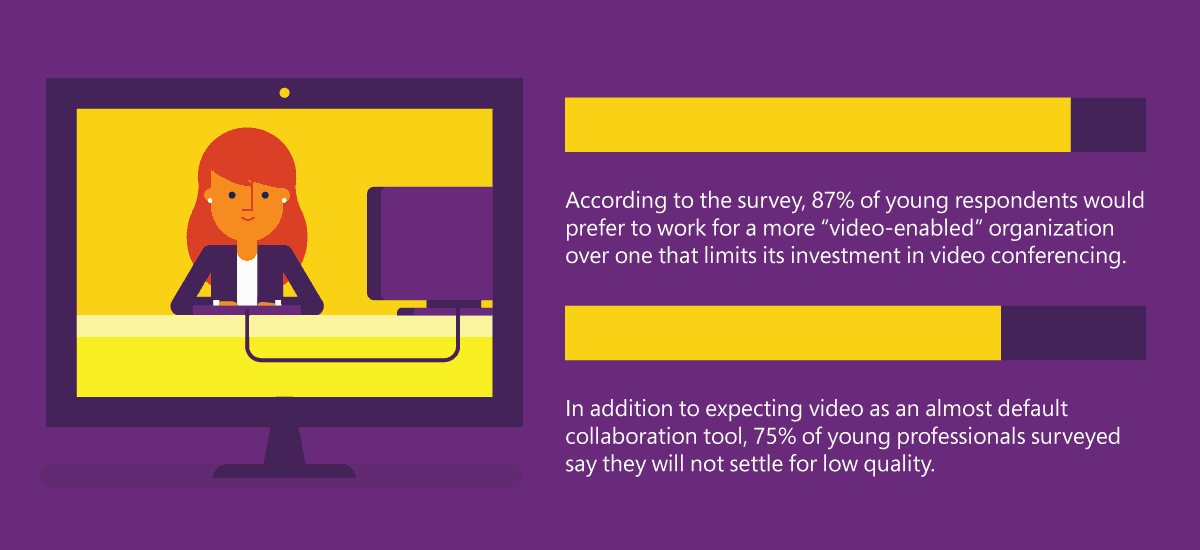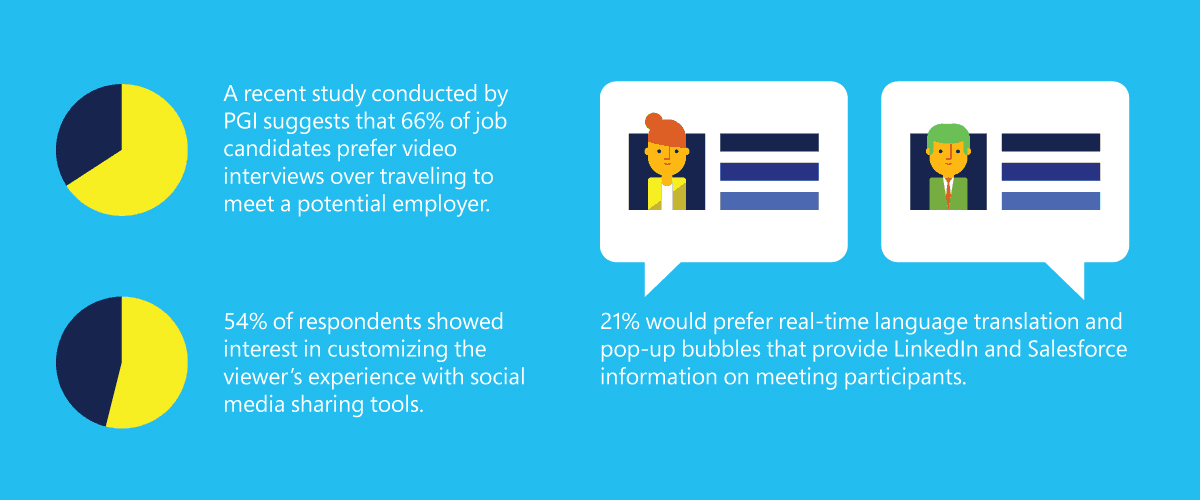Microsoft is taking a look at the way video conferencing began and what the future holds with the recent releases of a new software and new hardware. Perhaps, on the heels of Microsoft’s recent $26.2 billion dollar purchase of LinkedIn, Microsoft is examining what role that new software, such as Skype and technology, such as HoloLens, will play in the future of video conferencing.
Specifically, Microsoft sees three trends that will push the development of video conferencing:
- A younger workforce will expect high-quality video conferencing service
- Video conferencing will be used for more than the traditional virtual meeting
- Virtual reality will take video conferencing to the next level
Over the last twenty years, businesses have relied heavily on phone conferencing to speak with fellow team members and clients far and away. In addition, more and more employees rely on their cell phones or tablets to communicate, forcing more businesses than ever to better develop their video conferencing setups to accommodate this change from phone conferencing to video conferencing.
Skype also sees this growing trend in video calls. According to Lovina McMurchy, general manager of Skype Advertising, “Skype was averaging 8 billion hours of social video calls per year,” in 2011, when Microsoft bought Skype. Certainly, there are benefits to video conferencing over in-person meetings.
Sometimes, if an interview candidate has to meet with a large team at a company, it is not always possible to meet every team member in the same place at one time. However, the interview candidate can meet with the entire team via video conference. As long as everyone has a reasonably fast connection to the internet and a smartphone, tablet, or laptop, everyone can take part in a virtual meeting through Skype.
Microsoft sees the value that video conferencing has to save time and money for enterprise users too. While a conference call was the easiest way to save time and money in the past, businesses were often missing out on the value of face-to-face interaction. Over 90% of communication is made by viewing facial expressions and body language; a simple phone conference call will not suffice.
Microsoft hopes that in the near future, companies will move on to adopt the HoloLens for a more immersive video conferencing experience. The HoloLens would allow people to collaborate more on specific creative projects, but may not be the solution for every business. With the recent acquisition of LinkedIn, Microsoft will have to make sense of where they think video conferencing is headed and how Microsoft will lead the way or be left behind.





